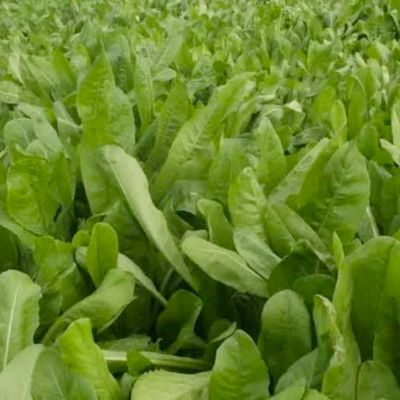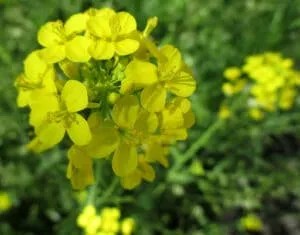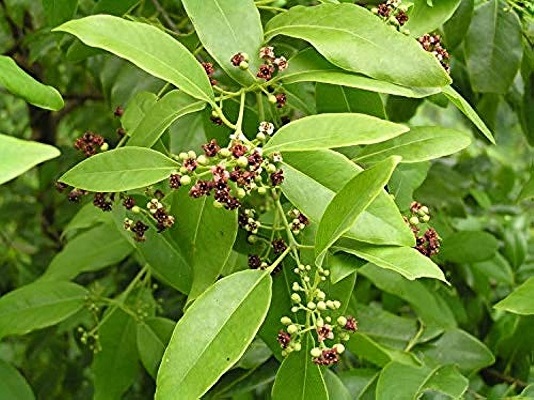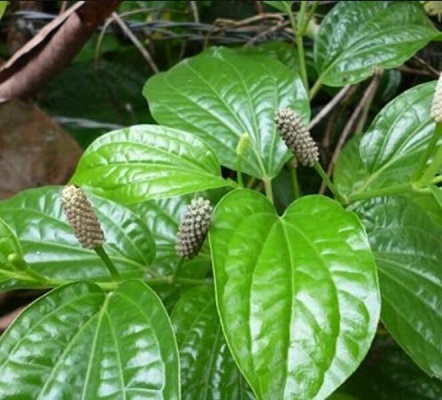On This Page
Snuhi – Euphorbia neriifolia
Introduction
Snuhi, commonly known as Common milk hedge is one of most commonly used herb for the alleviation of inflammatory conditions and allergic conditions. The name Snuhi means that the plant exudes milky latex. Snuhi is also known as Vajradruma as it is a drastic purgative.
Institute of Applied food Allergy guided by Dr.Gupta, have been studying on readily available herbs for the purpose of alleviating allergic condition. Our experts studied on Snuhi and proven the plant’s therapeutic activities like Purgative, Hepatoprotective, Anti-inflammatory, Insecticidal actions etc. Snuhi can be used in various diseases like piles, fever, skin diseases, swelling etc. The isolated flavanoids in hydro ethanolic extract of Snuhi shows anti carcinogenic potential. Extract of Snuhi also shows hepatoprotective action which aids its use in hepatotoxicity. Nowadays Snuhi is also used for treating allergic conditions.
Action of Snuhi – Euphorbia neriifolia in Allergies
IAFA experts have successfully proven the antiallergic property of the plant Snuhi. The plant contains phytoconstituents like nerifoliol, nerifolione, cycolonivulval, euphol, calcium malate etc. These phytoconstituents aids the antiallergic and anti-inflammatory property of Snuhi. It can be effectively used to alleviate skin allergic conditions.
Vernacular Names
| Sanskrit Name | Snuhi, Vajraduma, Guda |
| Hindi Name | Sehund |
| English Name | Common milk hedge |
| Malayalam Name | Ilakkalli |
| Kannada Name | Elegalli |
| Marathi Name | Nevagunda |
Botanical Name
Euphorbia neriifolia
Family
Euphorbiaceae
Morphology of Snuhi – Euphorbia neriifolia
- Large shrub
- Branches have pairs of stipular spines
- Leaves are very small and obovate
- Inflorescence is cyme
- Fruits are capsule
Ayurveda Reference of Snuhi – Euphorbia neriifolia

Geographical Distribution of Snuhi – Euphorbia neriifolia
Snuhi is mainly growing in South Indian states. In most of the places it is cultivated as a hedge plant.
Phytoconstituents of Snuhi – Euphorbia neriifolia
The plant contains phytoconstituents like nerifoliol, nerifolione, cycolonivulval, euphol, calcium malate etc.
Parts Used of Snuhi – Euphorbia neriifolia
- Latex
- Root
- Stem
- Leaf
Dosage of Snuhi – Euphorbia neriifolia
- Root Powder (mula churna) – 0.5 -1 g
- Latex (kshira) – 125-250 mg
- Leaf juice (patra swarasa) – 2-5 drops
Medicinal Properties of Snuhi – Euphorbia neriifolia
- Virecaka – purgative
- Sulahara – relieves pain
- Sophahara – relieves swelling
- Unmadahara – relieves insanity
- Dipana – carminative
- Arsoghna – useful in piles
- Kushtaghna – relieves skin diseases
- Vishaghna – useful in poisoning
- Vranahara – useful in wounds

Have A Health Issue?
Consult Online
- Dr. Sahil Gupta (B.A.M.S., M.H.A.)
Ayurvedic Allergy Specialist
CEO & Founder of IAFA®
Home Remedies of Snuhi – Euphorbia neriifolia
Ayurveda is an ancient system of medicine popular in India. It uses plans and plant products that are easily and commonly available in nature as medicine. Snuhi is one of the commonly seen herbs and it have different medicinal uses like,
- To induce purgation (Virecanartha) – Operculina turpethum is impregnated with latex of Snuhi and taken with honey and ghee.
- In Piles (Arsas) – Latex of Snuhi is mixed with Curcuma longa, Luffa acutangula, Rock salt and cow’s urine is applied on arsas.
- In skin diseases (Kushta) – Root powder of Snuhi is made into a paste and applied over skin to cure kushta.
- In Swelling (Sotha) – Powder of Snuhi is made into a paste and applied over area of swelling.
- In Fistula in ano (Bhagandara) – Latex of Snuhi is mixed with Curcuma longa, Luffa acutangula, Rock salt and cow’s urine is used.
- In Anaemia (Pandu) – Snuhi root is powdered and taken with honey to cure pandu
- In abdominal pain (Udarasula) – Powder of Snuhi along with honeyis administered.
- In indigestion (Ajirna) – Root of Snuhi powdered and taken after food.
From ancient times itself Ayurveda is popular medical system in India. It uses different herbs seen all around as medicine. Dr. Gupta’s IAFA have been conducting research studies to find out different phytoconstituents of herbs and their action in body. The knowledge acquired by our experts through these studies are used in preparation of medicines and providing better treatment. IAFA is the provider of safe and effective treatment for a wide range of diseases, mainly allergic diseases all based on Ayurveda.
Reach IAFA for safe herbal remedies for all your ailments!!!
Was this Page Helpful?
Read More Articles
-

Kasini (Cichorium intybus)
Know about the uses, benefits, and medicinal properties of Chicory, Kasini (Cichorium…
-
-









